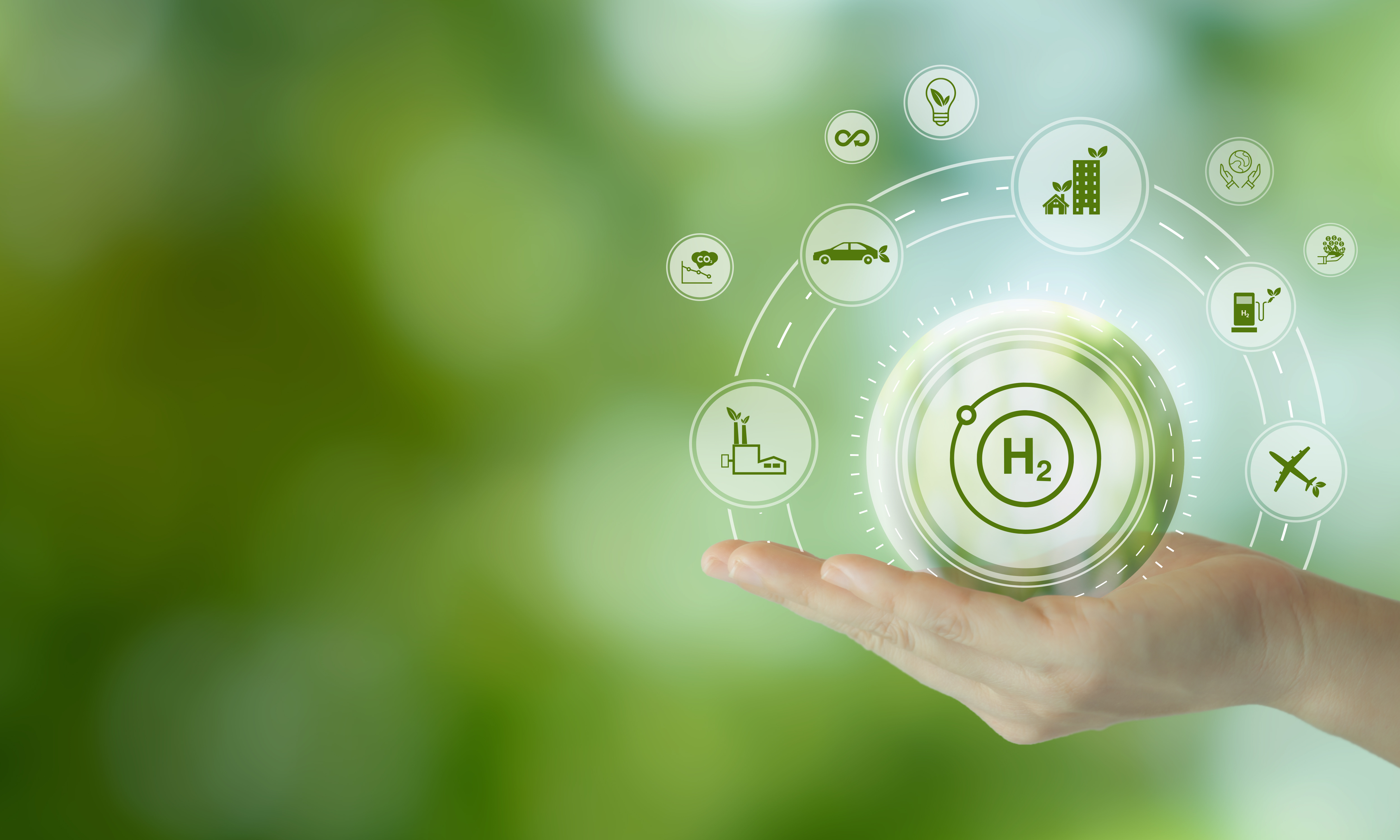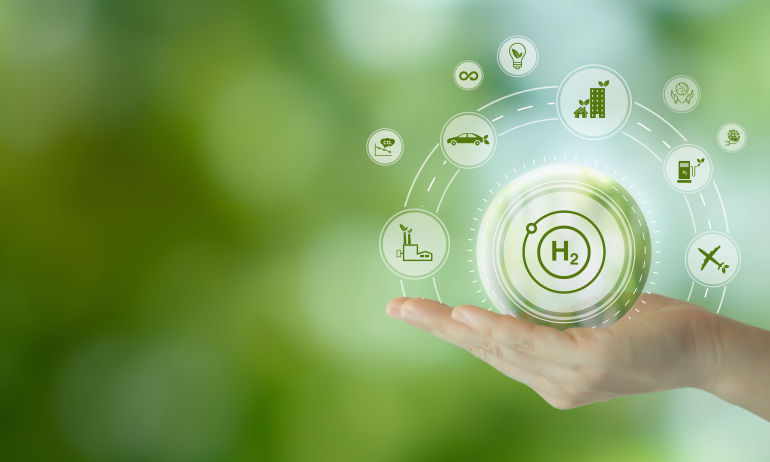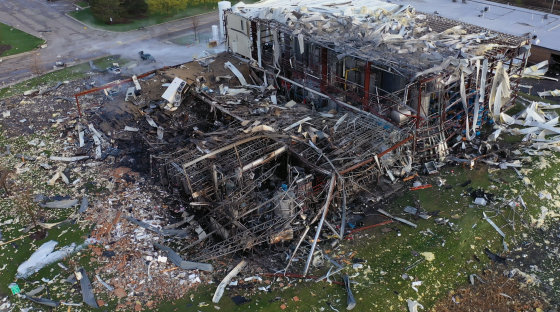
Clean-burning and abundant, hydrogen has the potential to be the fuel of the future. It is, however, limited by insufficient safety standard and regulation.
As the world seeks new clean and renewable energy sources, a viable solution may be found in hydrogen.
In 2016, Australia ratified the Paris Agreement, stating that they will “implement an economy-wide target to reduce greenhouse gas emissions by 26 to 28 per cent below 2005 levels by 2030.”
As a result, Australia’s National Hydrogen Strategy was introduced, setting a vision for a clean, safe and innovative hydrogen industry for the nation. Transformation in the energy sector and embracing hydrogen would allow Australia to support a future where all our energy would derive from clean energy sources.
Why hydrogen?
According to UNSW Canberra School of Engineering and Information Technology researcher Dr Damith Mohotti, hydrogen will play a significant role in enabling the decarbonisation of future energy systems.
“Future energy needs clean, flexible, storable, and safe fuels. Hydrogen has all of these characteristics,” Dr Mohotti said.
Globally, countries are investing billions in “green hydrogen”, a renewable energy source where hydrogen gas is produced.
Naturally occurring hydrogen gas exists in vanishingly small amounts but is also available in a more stable form as water (hence H2O). The two parts hydrogen and one part oxygen in water can be split using heat or chemical reactions.
Using electrical energy from renewable energy sources is known as electrolysis and is a viable method of making green hydrogen. If electricity is generated from non-polluting energy sources such as solar or wind, the production and use of hydrogen emits zero greenhouse gases, making it a desirable renewable energy source.
According to a 2018 report by CSIRO, applications of hydrogen include:
- Fuelling transport such as fuel cell electric vehicles
- Providing remote area power systems to replace diesel systems
- Replace coal use in refineries as a heat source
- Alternative substitute for cooking and heating homes
Despite the hype around hydrogen, its future is not yet assured. A major hurdle exists in the safety of storage and transport of the fuel.
The dangers of hydrogen
In January 2022, a flame erupted on the ship Suiso Frontier as it docked in Victoria, one of the first tankers at the time to transport a liquid hydrogen shipment. A report by the Australian Transport Safety Bureau found that an incorrectly-fitted valve caused the liquified hydrogen to catch fire.
While there were no serious injuries, there have been instances of fatal hydrogen-based explosions across the world.
Hydrogen is extremely flammable, making it vulnerable to accidental explosions.
“Confined and unconfined fuel-air explosions represent one of the most hazardous industrial and domestic accident events. A characteristic feature of such events is a distinguishable blast effect,” Dr Mohotti said.
“The main risk involved with hydrogen is fire and explosion due to its wider flammability range and lower ignition energy compared to hydrocarbon gases like methane. Therefore, hydrogen presents far more of an explosion hazard than methane.”
One present barrier to implementing nation-wide use of hydrogen as an energy source stems from a lack of supporting infrastructure to prevent potentially fatal hazards.
Ensuring its safe storage, transport and use will allow hydrogen to take its place in Australia and across the world as a large scale energy source.
Towards safer hydrogen infrastructure
While hydrogen has the potential to be the fuel of the future, a major barrier to nation-wide implementation are inadequate safety standards in storage, transport, and use of hydrogen as an energy source.
“In 2021, the international technical report ISO/TR 15916 was adopted by Standards Australia ME-093 Hydrogen Technologies Committee to ensure minimum safety requirements for the hydrogen gas industry. It identifies the fundamental safety concerns, hazards and risks and describes the properties of hydrogen that are relevant to safety," Dr Mohotti said.
“However, ISO/TR 15916 does not provide guidance on how to qualitatively and quantitatively characterise explosion hazards and design infrastructure to mitigate the consequences of accidental hydrogen explosions."
There is currently a lack of understanding and a framework defining structural safety guidelines for accidental hydrogen explosion hazards.
To bridge this gap in understanding, University of Wollongong’s Alex Remennikov and UNSW Canberra’s Dr Mohotti were recently awarded an Australian Research Council Discovery Project grant to explore the performance of structures under hydrogen explosions.
“This project aims to develop design recommendations for inherently safer use of hydrogen vehicles, storage and transportation systems for accelerated acceptance of green hydrogen as a future energy carrier,” Dr Mohotti said.
“Accidental hydrogen explosions will be studied experimentally and theoretically and Computational fluid dynamics (CFD) based advanced modelling will be used to develop a novel numerical framework that will help engineers to design hydrogen storage facilities, and future design recommendations will be developed.”
Embracing hydrogen as an emerging opportunity for renewable energy is possible. By taking steps in making its storage, transport and use safer for all users, Australia could be well on its way to decarbonising future energy systems.

